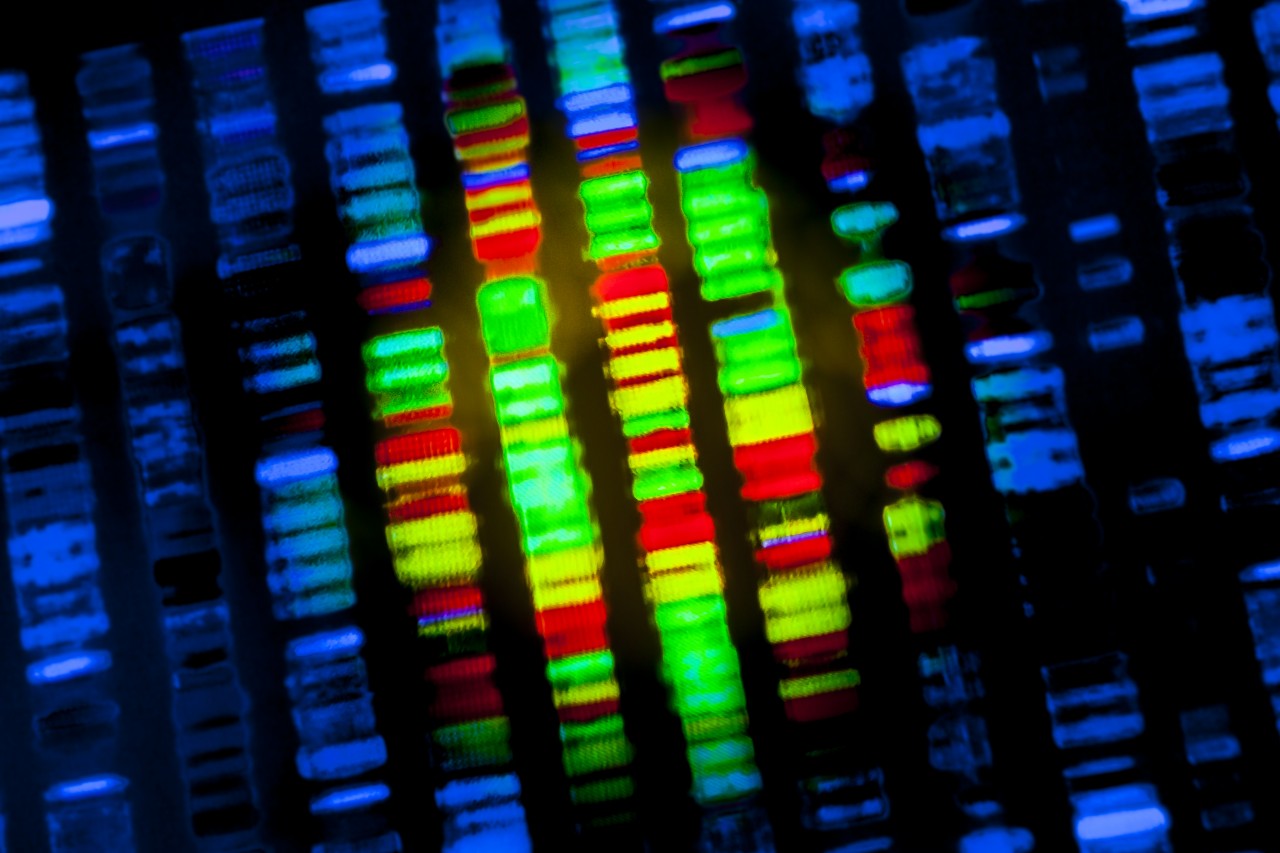For many diseases, the basis of disease development and progression lies in the genes. Renal disease is no different, with some individuals more prone to disease than others as a consequence of carrying genes that are associated with accelerated ageing of the kidneys. “A Roadmap for the Genetic Analysis of Renal Aging,” which was published online ahead of print in the journal Aging Cell, discussed the genetic basis of renal disease and suggested that an animal model with various genes associated with renal disease would be vital to furthering scientific knowledge in this area.
“Studying the genetics of renal aging can help us to identify genes involved in this process and to unravel the underlying pathways,” wrote Dr. Gerda A. Noordmans, of the Department of Pathology and Medical Biology at University of Groningen in the Netherlands. In various genomewide association studies (GWAS), a few key gene candidates have been associated with kidney disease: CUBN, UMOD, and SHROOM3.
CUBN is a gene that encodes for the protein cubilin, a receptor on cellular membranes that allows albumin to enter cells. If CUBN is mutated, then cubilin may not be synthesized correctly, reducing the intake of albumin into cells. This leads to a condition called age-related albuminuria, where there is an excess of albumin excreted in the urine. Although albuminuria itself is not harmful, it is indicative of failing kidneys and should be addressed.
UMOD encodes the protein UMOD, which helps regulate sodium chloride (NaCl) reabsorption in the kidneys. If a mutation causes UMOD to be overexpressed, then the individual holding the mutation is at risk of developing salt-sensitive hypertension, where too much salt in blood leads to increased blood pressure. Hypertension can lead to downstream diseases such as heart failure if not treated appropriately.
Finally, SHROOM3 is the gene for the protein SHROOM3. If there is a mutation in SHROOM3, then glomerular filtration is affected and can lead to albuminuria. SHOOM3 defects can also lead to fibrosis in the kidneys and is highly associated with chronic kidney disease.
Although some of the exact mutations in CUBN, UMOD, and SHROOM3 are not precisely known, researchers can genetically engineer mice to have mutations in these genes. If these animals develop phenotypes that represent those of albuminuria and chronic kidney disease, then scientists know that those mutations may be present in humans with kidney disease. Rather than “fish” for genetic mutations, scientists can direct their efforts using genetic sequencing of humans with these conditions. Determining which mutations lead to these conditions can help direct new therapeutic strategies for addressing the cause of kidney disease.

